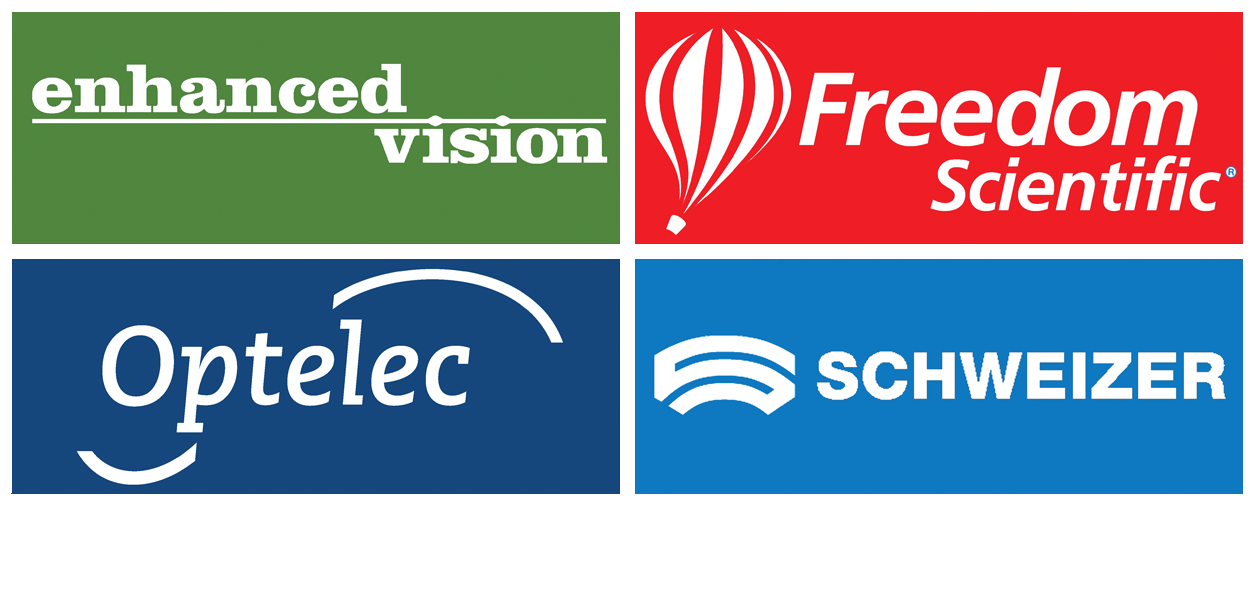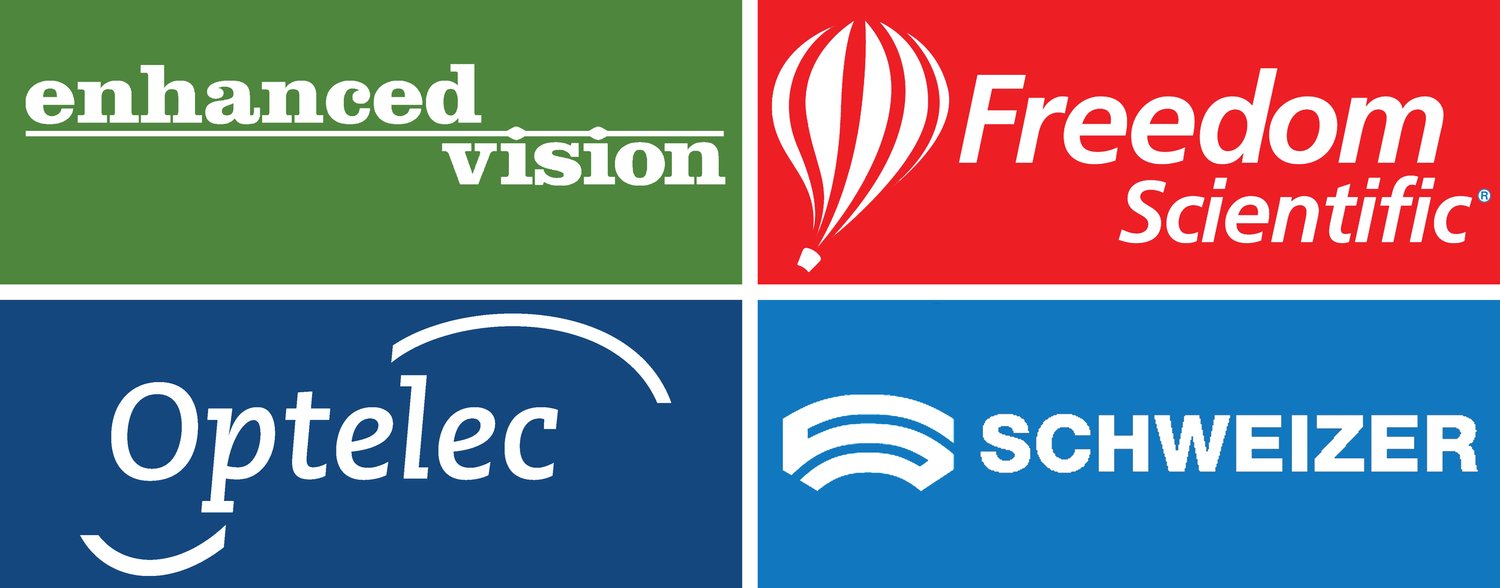Why a Magnifier Should Be Issued Alongside Refraction/Glasses
For individuals with vision impairments, achieving optimal visual clarity often requires more than standard refraction and prescription glasses. Magnifiers, whether optical or digital, are invaluable tools that complement glasses to enhance quality of life for those with low vision. Here’s an in-depth exploration of why magnifiers should be issued alongside glasses:
Understanding Low Vision Needs
Low vision refers to a significant visual impairment that cannot be fully corrected with standard glasses, contact lenses, or surgery. Conditions like macular degeneration, glaucoma, diabetic retinopathy, and retinitis pigmentosa often leave individuals with residual vision, which can be inadequate for detailed tasks like reading, writing, or viewing small objects. While glasses correct refractive errors (like myopia, hyperopia, or astigmatism), they often fall short of addressing the specific magnification needs of people with low vision.
Benefits of Magnifiers for Low Vision Patients
Enhanced Functionality for Near Vision
Glasses primarily correct distance vision or provide limited near-vision support. Magnifiers, on the other hand, provide targeted, variable levels of magnification to help with specific tasks such as reading fine print, viewing photographs, or engaging in hobbies like sewing or model-building.Task-Specific Versatility
Magnifiers come in various designs, including handheld, stand-mounted, and wearable models, to suit specific tasks and user preferences. By issuing a magnifier alongside glasses, practitioners can cater to the broader range of functional needs that glasses alone cannot fulfill.Bridging the Gap in Residual Vision
Many patients with low vision have functional residual sight that can be optimized for daily activities with magnification. For example, a magnifier can enable someone with central vision loss to read text by enhancing their ability to use their peripheral vision.Improved Quality of Life
A magnifier can empower patients to perform essential daily tasks independently. Whether it’s reading medication labels, identifying household items, or enjoying leisure activities like reading a book, the additional magnification provided can significantly enhance their autonomy and confidence.
Glasses vs. Magnifiers: Complementary Tools
Glasses are designed to correct refractive errors and align light onto the retina to improve overall vision. Magnifiers, however, are designed to enlarge text or objects, making them easier to see. These two tools address different aspects of visual impairment and are therefore complementary rather than interchangeable. For instance:
Reading Glasses vs. Reading Magnifiers
While reading glasses magnify text to some degree, they may not offer the higher levels of magnification required by individuals with low vision. A magnifier can bridge the gap for text sizes that exceed the capabilities of standard reading glasses.Distance Glasses vs. Telescope Magnifiers
Patients requiring assistance with intermediate or distant tasks, such as watching television or reading whiteboards, can benefit from wearable magnifiers like bioptic telescopes.
Advancing Patient-Centered Care
Issuing a magnifier alongside glasses demonstrates a commitment to patient-centered care. Low vision practitioners should assess each individual’s unique visual needs and recommend appropriate magnification tools. Key considerations include:
Visual Acuity Testing for Magnification Needs
After prescribing glasses, testing for near and distance magnification requirements ensures the magnifier meets the patient’s specific needs.Trial and Demonstration
Allowing patients to trial different types of magnifiers can help them choose the most comfortable and effective option.Training and Support
Teaching patients how to use their magnifiers effectively, along with their glasses, can maximize the benefits of both tools.
Conclusion
Refraction and glasses address basic optical corrections but often fall short for individuals with low vision who need additional support for detailed tasks. By issuing magnifiers alongside glasses, healthcare providers can offer a more holistic solution that meets the diverse needs of low-vision patients. This combination not only enhances functionality and independence but also improves overall quality of life, making it a crucial aspect of comprehensive eye care.
Optical and digital magnifiers, when paired with correctly prescribed glasses, form a robust toolkit for managing low vision effectively. Vision care professionals should consider this integrative approach to deliver the best outcomes for their patients.


